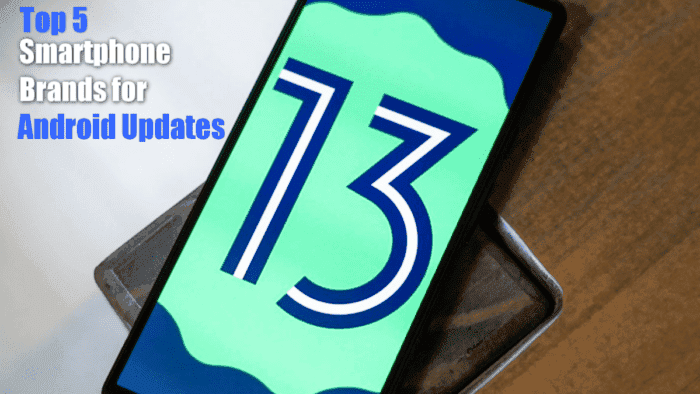Android smartphones are usually the alternative for those who can’t go with Apple devices. Obviously, it’s more than a mere alternative to taste. Android inevitably has a certain level of versatility thanks to its open-source nature. There are dozens of Android skins in the market offering distinct experiences. Some brands bet on different skins to offer a vast level of features over vanilla Android. However, making Android so different from the regular, also makes it more difficult to update. That explains why some OEMs can’t keep up with Google’s pace in updating Android to newer versions. Anyway, there are always some that are best than others. Through this article, we will list the Top 5 Smartphone Brands for Android updates.
Why brands can’t follow Google with Android updates?
The fragmentation of Android versions is still a plague that affects Google’s ecosystem. The search giant has been taking some steps to force brands to keep their smartphones updated. Things like preventing brands from launching phones with older Android versions have reduced the number of devices arriving with 2-year-old Android versions. Besides this, customers are also more aware of their needs and usually go for brands that have a better level of software support. In recent years, we saw a change in some brands, that are offering long-term software support for their smartphones.
Although we are still not getting the same level of iOS support, the situation is improving, and below we will list the Top 5 Smartphone brands if you want o get a device with long-term support.
The Android skins are just part of the “problem”
The existence of Android skins is one of the reasons but is not the only one. Unlike Google, other Android OEMs tend to offer phones for all price ranges. Samsung, for example, releases up to 20 smartphones every year. In two years, we have had more than 40 devices. So it’s not so easy to keep these phones updated. For comparison, Google reveals basically three phones every year, and Apple unleashes three and sometimes four devices per year.
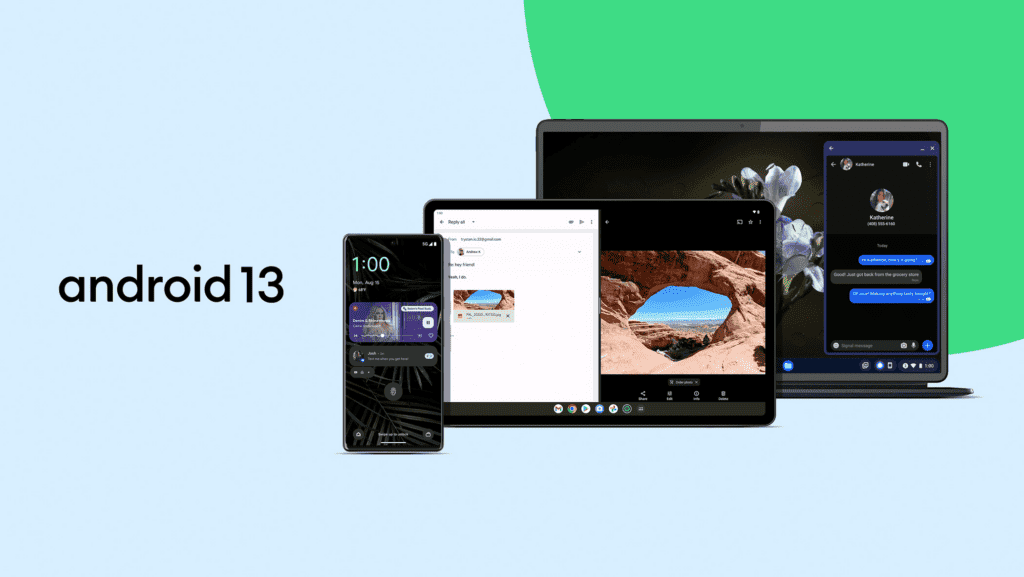
There are also some carrier-specific phones that need to get updates separately. It makes the entire process even more difficult. For that reason, brands tend to prioritize the devices in the flagship segment. While others manage to offer updates for budget ones.
Google makes some workarounds to keep old phones running fine. For instance, it brings some novelties through Google Play Service. Also, the search giant created the Android One program. This allowed some brands to launch devices with vanilla Android, but in the end, the program disappeared for most of the brands.
Top 5 Smartphone Brands for Android Updates
Despite the challenges, there are some brands that are finding their way to keep users engaged and happy with continuous support. Below, you’ll learn some of the best 5 brands when it comes to software updates on the Android side of the coin.
Samsung
We start this list with Samsung, yes, Samsung. That’s a surprising twist, right? The Korean brand was one of the worst brands when it comes to updates, but in recent years, it reverted its status. In the days of TouchWiz, Samsung couldn’t keep its devices updated. It was also one of the major culprits for Android fragmentation. To put things in perspective, we can say that the company was launching phones with Android 2.3 Gingerbread while Google was launching phones with Android 4.4 KitKat. Nowadays, this is not possible thanks to the restrictions for using Android.
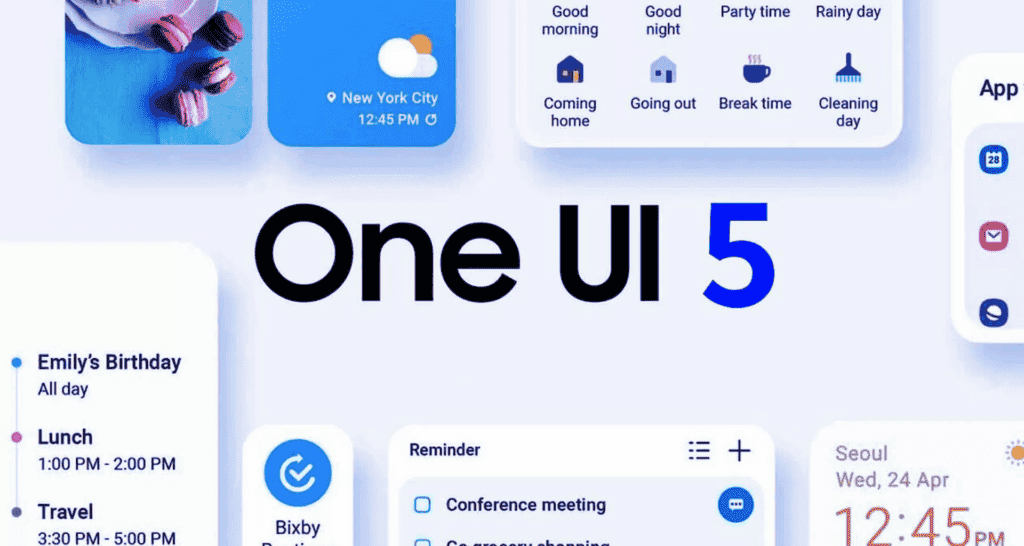
Samsung was a target of multiple memes for Android fragmentation and lack of support. Anyway, the company learned from its mistakes and stood up. Back in February 2021, the company promised four years of Android security patches for phones from 2019 onwards. This is regardless of their position in the low-end, mid-range, or flagship segment. For flagships, the brand offers up to four years of major Android updates and up to five years of security patches. Some popular mid-range phones are also getting this treatment.
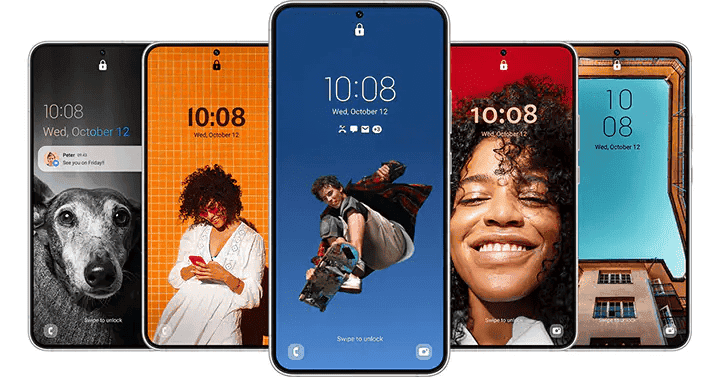
Shortly after Google’s rollout of Android 13, the brand already updated a plethora of its smartphones. These include flagships and mid-range phones from 2022, 2021, and 2020. With One UI 6.0, the company promises to be even faster bringing updates to as many devices as possible.
So getting a Samsung phone nowadays, means that you’ll get two or more Android updates. The security patches will also come for a long time, but that may come on a monthly or quarterly basis. The company certainly is one of the best, if not the best, among the Top 5 Smartphone Brands for Android updates. We’re putting it above Google in this list due to the fact that it has many more devices to cover and also has a custom skin.
This choice here is rather obvious, we can’t make a list of the Top 5 Smartphone Brands for Android updates without mentioning Google. The search giant is behind Android and dictates the rules for the market. It offers long-term software support for its Pixel smartphones. New Android updates usually come on day one for Pixel phones, and there are also some exclusive features in the software such as GCam.
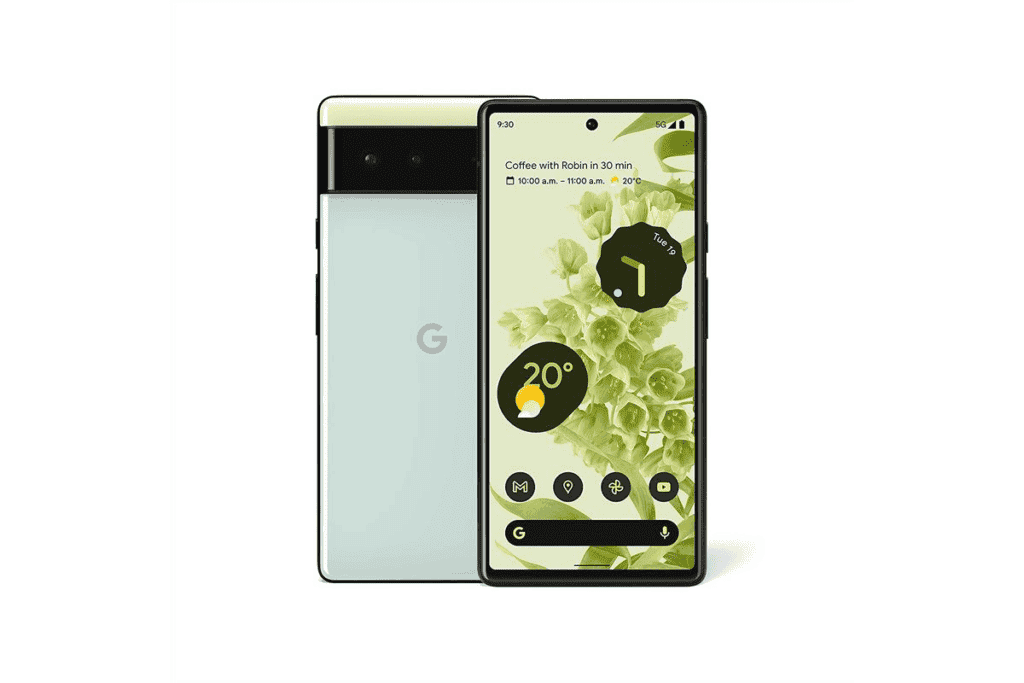
The company has been working hard to make Android better on its Pixels. Nowadays, it has full control over the hardware and software parts. Google is for Android, basically what Apple is for iOS. Having total control of the software and hardware part.
Officially, Google offers three years of major OS updates for its phones and monthly security patches. The brand new Pixel 7 and 7 Pro will have a long journey getting updates until Android 16. But as we’ve said this can even change for better in the future. Since 3rd party OEMs are offering four years, we don’t think the “mother of Android” will want to stay behind.
Nokia
Nokia arrived in the Android scene making quite a buzz. However, in recent years, the company slowed its plans. The brand is not here to compete with giants in the phone scene but is here to offer decent support and a reliable experience.
With the launch of the first Android phones, Nokia bet on the Android One program while it was trending. That resulted in one of the best software supports from third-party brands. The brand also has a good portion of phones for the mid-range and low-end pricing categories and offers at least two major Android updates for most of them.
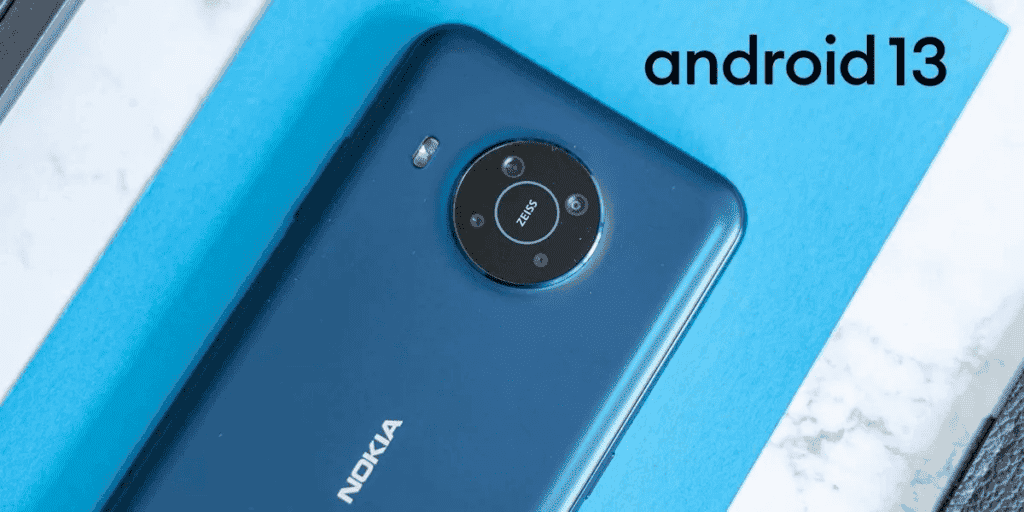
The company has fewer smartphones in the market, or perhaps, its devices are less relevant than what we often see from Samsung, OnePlus, Xiaomi, Oppo, and others. Anyway, it’s offering decent support for them. According to Counterpoint, the company was the best for updates in 2019. Now, however, it sits at the fourth slot for the research firm. There are many factors behind this, and the smaller amount of devices being released every year certainly is one of them.
OnePlus
OnePlus certainly was one of the best in the past years. It managed to roll major Android updates shortly after Google. However, things changed in recent years, as the company took major departures from the vanilla-like Android and also increased the list of phones.
The deployment of the OnePlus Nord series increased the list the number of phones that the company needs to support. The company promised to improve things by merging with Oppo. At the start, the company promised to fuse OxygenOS and ColorOS, but the plans changed due to a huge backlash. The codebase, however, is basically the same. OxygenOS nowadays is much closer to ColorOS than to vanilla Android as the past builds were. After a rough start, we’re starting to see some improvement.
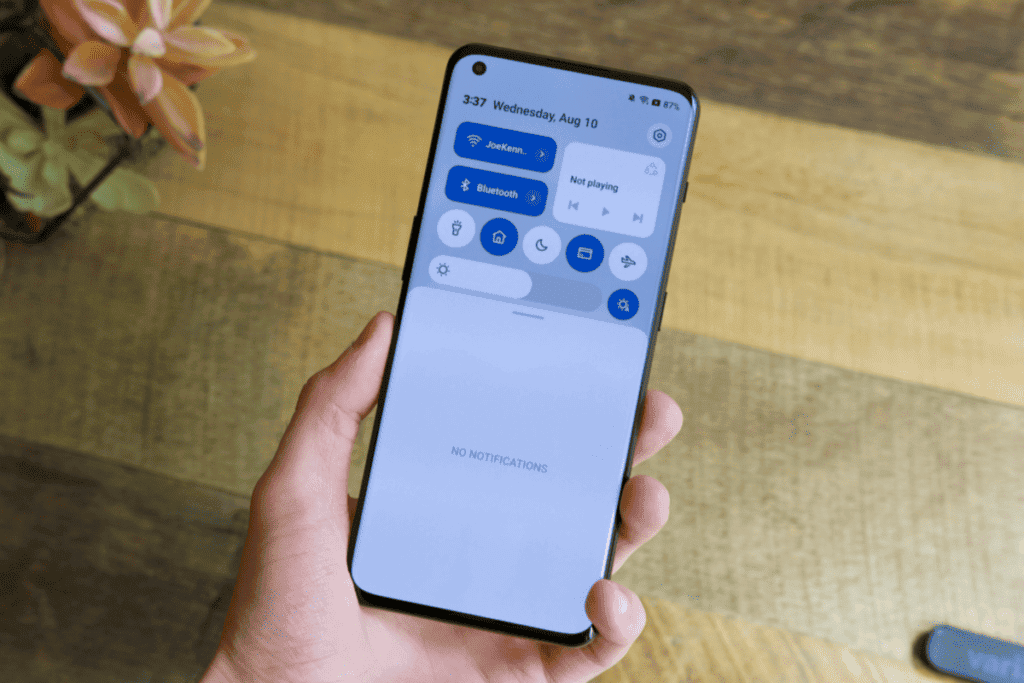
The flagship phones always get the best treatment, and the arrival of mid-range phones will not change that. So far, the company has been offering three major updates to its flagships, but that will change with the OnePlus 11. The next year’s flagship will be the first to be eligible for four major Android updates. Some OnePlus Nord phones will be eligible for at least two major updates, while those in the N-series may get just one major update.
It’s not the best support in the world when we look at the low-end categories. But if you aim at a flagship OnePlus – which is usually the brand’s more interesting class – you’ll get top-notch software support. Global customers get OxygenOS which is similar, but not a 1:1 copy of ColorOS. The Chinese variants will keep getting ColorOS instead.
Xiaomi
Xiaomi is the last one on our list, and maybe you think it does not deserve to be here. Yes, I know that Xiaomi usually takes months and months to deploy newer updates. But the company has a massive portfolio of smartphones. Unlike Samsung, the company didn’t figure out how to bring updates to as many as devices possible. Also, things are slightly different for Xiaomi. The company wants to push MIUI as a complete experience – Android is just part of the whole. That said, when you get a Xiaomi phone a new MIUI version matters more than a newer Android version.
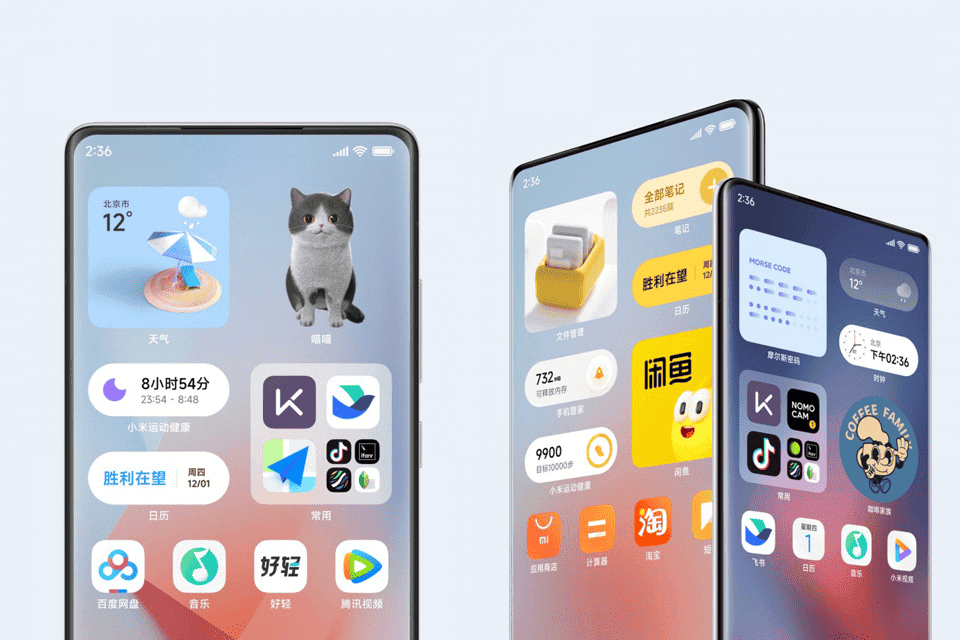
MIUI is what determines the features available for one Xiaomi phone. The company usually covers a lot of its phones with every MIUI update. The company has been trying to pair newer Android versions with newer MIUI 14 versions. Unfortunately, in some cases, this is not possible. We will see a lot of phones getting MIUI 14 and Android 13 at some time. While others may still get MIUI 14 but will keep running older Android versions.
One of the things pushing Xiaomi to improve in the Android update part is the users’ demand.
The best of the rest when it comes to Android updates
We listed some brands in our top 5, but there are also other companies that are working hard to improve their “figure”. Although they are not the best, they’re still working hard to join this list. For instance, we have brands like Realme, Oppo, and Vivo that have been working hard to become faster with updates.
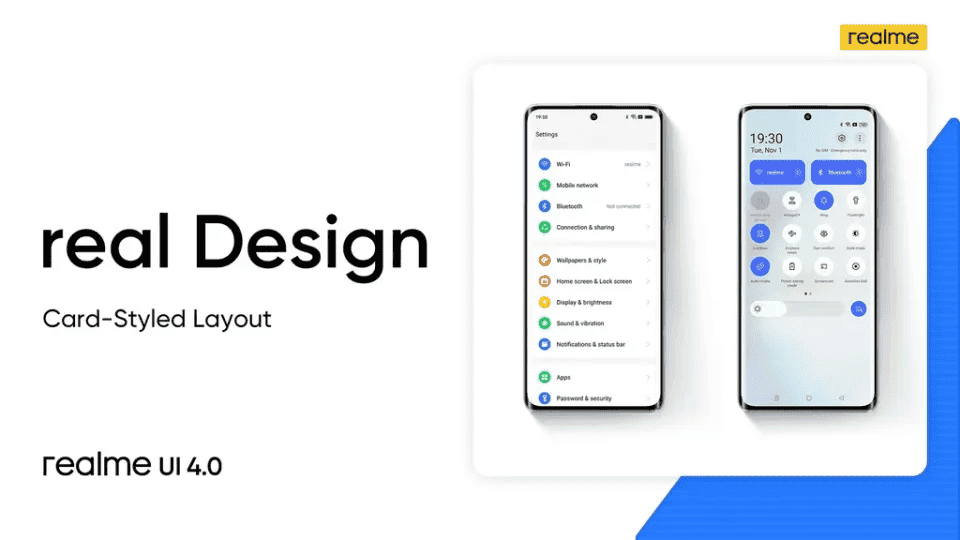
Realme always tried to be among the fastest in updates. We can see signs of commitment with many “Beta” programs going on at the same time. Unfortunately, these beta programs tend to take months to reach stability, and that is where the company stays behind the competition. Perhaps in the future, with a bigger development team (we presume), the company will manage to become one of the fastest in the market.
Motorola was one of the best in the past. Its Moto G series is always legendary. After all, the Moto G was one of the first mid-range phones to get a decent update treatment. That in a time when others were shipping phones with Android 2.3. The company slowed down in recent years, and has been offering just one major update for mid-range phones, and up to two for flagships. There are signs of a change with the recent Motorola Edge 30 series, and we hope for the best.
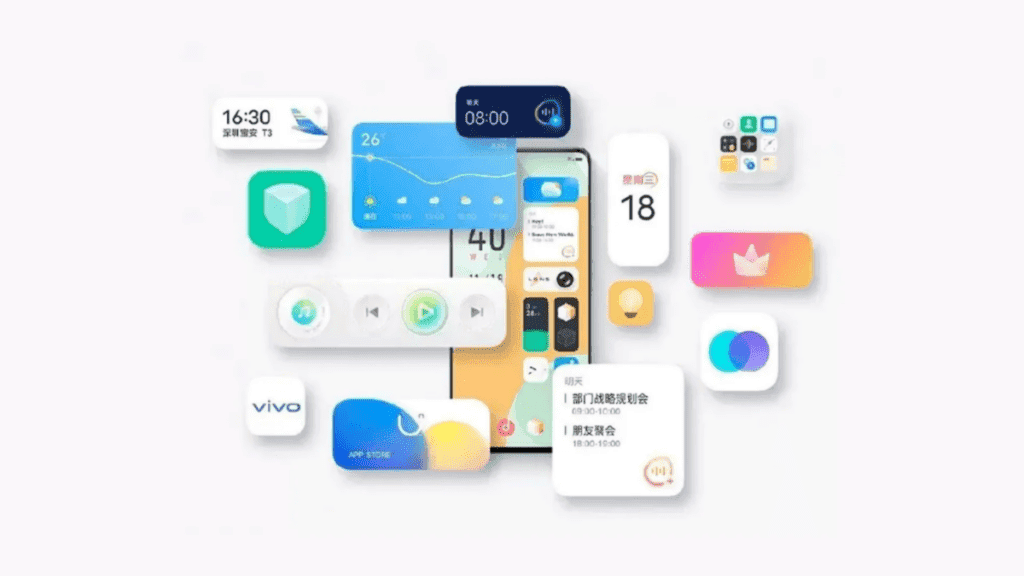
Oppo and Vivo are in the same boat, the two brands didn’t care much for updates a few years ago. But changed their “philosophies” in the past few years. Nowadays, we can see more consistency in their update programs. Vivo is showing a huge sign of improvement with newer phones launching with Android 13. The latest Android version has been out for a while, but some phones are still coming with Android 12.
Android updates are important and needed
As we’ve said in this article, users are more aware of the importance of software support. That said, they are not accepting just the bare minimum from smartphone brands. Since these are costlier products, software support, and security reliance are mandatory. The brands are starting to figure out the importance of updates. Since one offers top-notch update quality – then we will start to see more offering the same. No one wants to stay behind.

